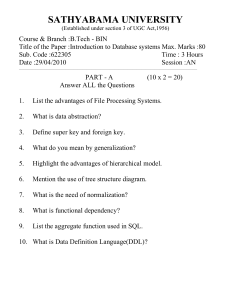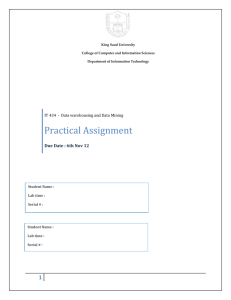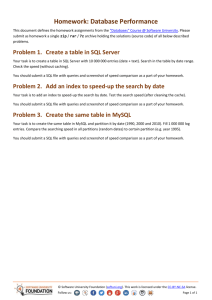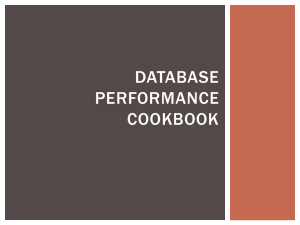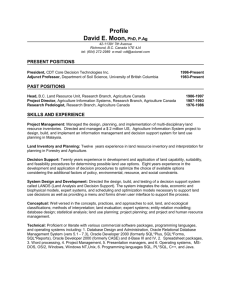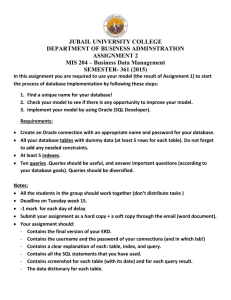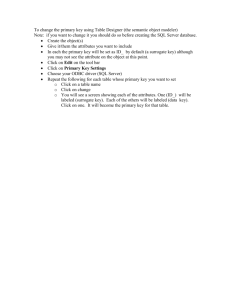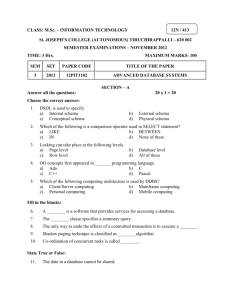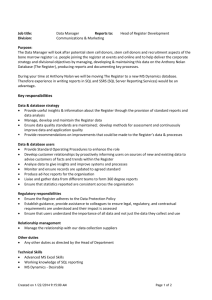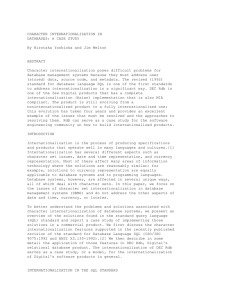An example of concept map
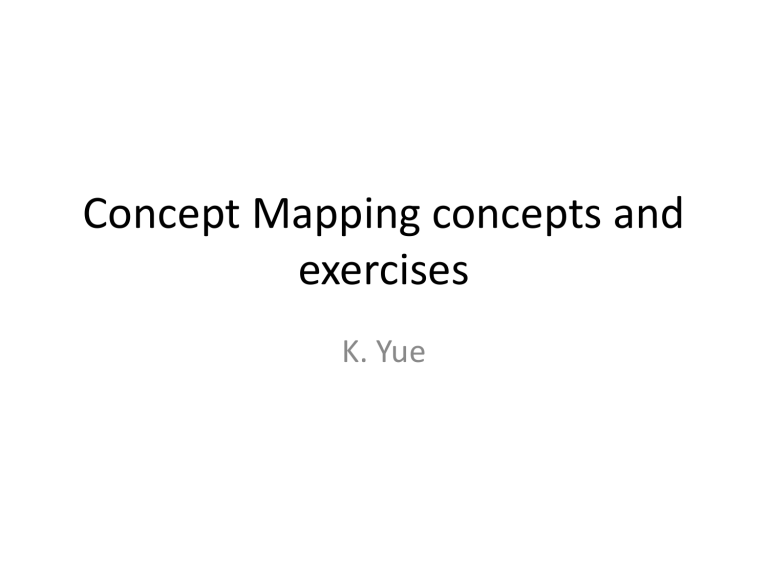
Concept Mapping concepts and exercises
K. Yue
Why Learning is difficult?
• When we learn a new ‘thing’?
• There are many concepts: 10s to 1000s, depending on the task/problem?
1. They have relative importance and relevance.
2. They need to be accurately represented.
• There are many relationships between concepts.
1. They have relative importance and relevance.
2. They need to be accurately represented.
What are resources for learning?
• We learn from resources and experience that are:
1. scattered and partial information.
2. With various degrees of importance and relevance.
3. with various levels of accuracy.
What is (deeper) learning?
• From: sources of scattered and partial information with varying degrees of relevance and accuracy.
• To: a model with accurate interrelated concepts of known relevance.
• Thus, many rounds of iterative refinement is needed.
– It takes a lot of energy and effort.
– We may do it unconsciously.
Why learning is hard?
• Limitations of our brain
– Limit to be mindful up may be 5 to 6 concepts at a time.
– Our mind is accustomed to inaccuracy and imprecision in relevance; to converse energy.
• E,g, traffic route from point A to point B.
• E.g. Select a restaurant for a family meal.
Why Learning is hard?
• Limitations of resources
– Many unorganized sources with varying degree of qualities that may not be developed for learning.
– Even for resources developed for learning, many are linear in nature. They present concepts and their relationship in a sequential manner. E.g.
• Video
• Audio
• Textual content
Linear learning material example
• Imagine that you don’t know anything about relational database and read the article on it at Wikipedia.
RDB in Wikipedia
RDB in Wikipedia (slightly annotated)
Observations
• There are many concepts.
• Different terms may be used to refer to the same or tightly-related concepts: e.g. “model of data (in database)’ and ‘type of database’.
• Relationship across spaces in the text. E.g.
‘model of data’ and ‘type of database’.
• Relative importance of concepts: E.g. ‘Codd’
Observations
• A newbie may read the first paragraph many times may not be able to make full sense of it.
• Concept mapping may be used as a visual tool to help organize concepts.
Web Example of CM on RDB
• Read: http://teaching.softwarecarpentry.org/2014/09/22/concept-maprelational-databases/
Example in details
Observations
• “database managers”: Database Management
Systems (DBMS), software, or Database
Administrator (DBA), a person.
• “implemented in” and “used via” may mean
DBMS => change to “DBMS”
• “SQL queries”: may mean
1. SQL: the language
2. SQL commands: specific actions using SQL
3. SQL queries: most SQL commands for data retrieval.
Observations
• “return rows” => SQL queries.
• “used via” => SQL commands (e.g. create a user).
• “as a language” => SQL language.
• May not need to differentiate => replace “SQL queries” by SQL.
• Finer detailed CM may not to differentiate them.
Observations
• MySQL, Postgres and SQLite as examples of
“DB Managers” or “DBMS”
• Good because we learn by examples,
• but SQLite is not a DBMS.
• It is a DB engine (claimed to be most popular): https://www.sqlite.org/ .
• May need to differentiate between DBMS and
DB engine.
CM for RDB
• A high level CM for Relational DB.
Observation
• How do you compare with the previous Web example?
• Higher level: 3 concepts instead of 12 concepts.
• Highlight DB systems are for finding solutions to problems.
Refinement on Data Requirements
Observation
• Promote “requirement” from a link
(relationship) to a concept:
– Concepts are more flexibility. It can have links.
– A link cannot has a link.
• Become more specific in interactive refinement:
– E.g. “requirement” becomes “data requirement”.
Data Model
Observation
• Need to promote “data requirement” to a concept for it to have a link with “data model”.
Introducing ER Model
Observation
• ER model is a kind of data model.
• There are other choices (e.g. using UML to form an object model).
• An ER model captures data requirements of a problem
Adding UML model
Observation
• Depending on your tasks or interests, you may add “UML model”.
• Note the link name: “can support”, and not “is a”.
– ER model is basically a data model.
– UML model is more general. It can be used to support models other than data models.
More ER Model details
Observations
• To understand ER model, need to focus on:
– What is an entity?
– How should we use entities to capture data requirements?
– What is a relationship?
– How should we use relationships to model data requirements?
– How do we form relationships between entities?
